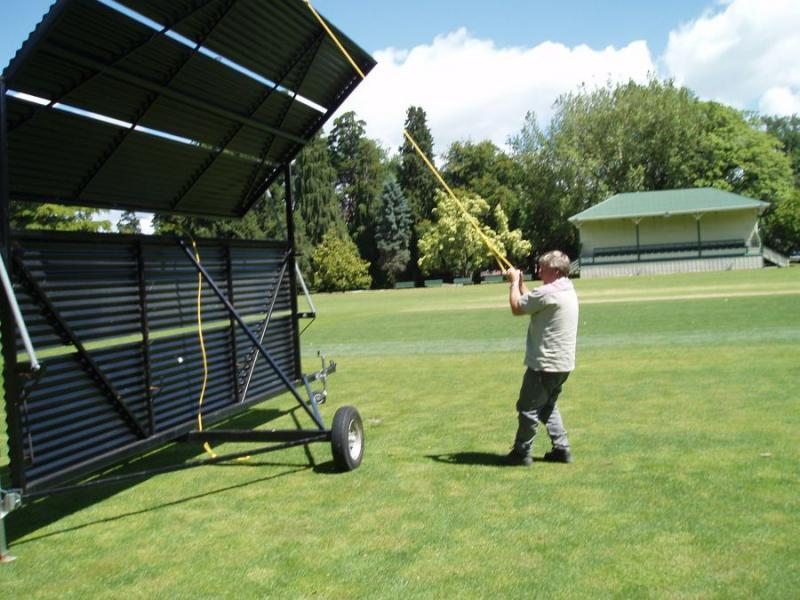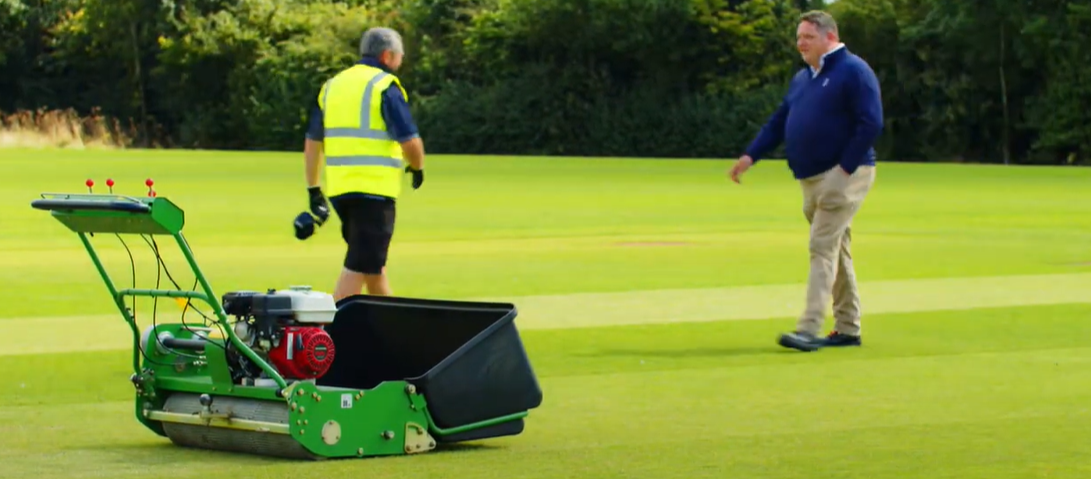Asbestos
Why is asbestos dangerous?
When asbestos fibres are inhaled, they can get lodged in the lung and cause serious diseases. These diseases will not affect you immediately; they often take a long time to develop, but once diagnosed, it is often too late to do anything. Asbestos related diseases can be seriously debilitating and significantly shorten your lifespan. This is why it is important that you protect yourself now.
What is asbestos used for?
Asbestos is a naturally occurring fibre with insulating qualities and was often used in the construction industry as, wall insulation, pipe lagging, flooring, and roofing as well as many other things. It may come in the form of tiles, corrugated sheets, fibrous material, sprayed on coatings etc.
Your grounds shed may have asbestos roofing or pipe lagging amongst others. Old machinery may contain asbestos insulation around hot surfaces.
As long as the asbestos remains undisturbed it remains low risk.
Note: From November 1999, in the UK it was illegal to buy, sell, import, or export any materials containing asbestos. For this reason, many people use the date 2000 as a safe indicator i.e., if your property was constructed in or after 2000 then it is highly unlikely that it contains asbestos.
What must I do?
The Control of Asbestos Regulations 2012 require you to:
- take reasonable steps to find out if there are asbestos-containing materials present and, if so, how much material, where it is, what type it is (tile, boards, lagging etc) and what condition it is in.
- make, and keep up to date, a record of the location and condition of the asbestos-containing materials (or materials which are presumed to contain asbestos).
- clearly identify any areas that have not been accessed/surveyed.
- prepare a plan that sets out how the risks from these materials will be managed.
- take the necessary steps to put the plan into action.
- provide information on the location and condition of any asbestos-containing materials to anyone who is liable to work on or disturb them.
More information can be found here.
Legionella
What is Legionella?
Often referred to as Legionnaires' disease, Legionella is a lung infection you can get from inhaling contaminated water droplets. It is uncommon but it can be very serious and potentially fatal.
What are the symptoms?
Symptoms of Legionella disease are similar to pneumonia and may include:
- a cough
- difficulty breathing
- chest pain
- a high temperature
- flu-like symptoms
If you have any of these symptoms, you are advised to seek medical advice.
How do you contract Legionella?
Legionella bacteria is common in natural water sources, rivers, and lakes etc. Reports of people becoming ill from such sources are rare as it is highly unlikely the correct conditions exist for the bacteria to grow to a level where it becomes a significant risk. It is far more likely the right conditions exist to encourage bacterial growth in purpose-built water systems where water is maintained at a temperature range between 20-45 °C. Such purpose-built water systems may include evaporative condensers, hot and cold-water systems.
Contaminated water droplets or water in an aerosol form needs to be inhaled into the lungs for you to become infected. While anyone can contract Legionella, some are more susceptible than others and may include:
- people over 45 years of age
- smokers and heavy drinkers
- people suffering from chronic respiratory or kidney disease, diabetes, lung, and heart disease
- those with a supressed immune system.
How do you prevent Legionella bacteria forming?
Risk assessment
First and foremost, conduct a risk assessment. This is a legal requirement if you operate a premises that is likely to expose people to the risk of legionella. The risk assessment must be conducted by a competent person and may require a legionella survey, again this must be conducted by a competent person. Your survey and risk assessment should include high risk areas such as hot water storage tanks, showers, irrigation tanks, irrigation supply pipes and water butts etc and identify if:
- water is stored or re-circulated as part of your system
- the water temperature in all or some part of the system is between 20–45 °C
- there are sources of nutrients such as rust, sludge, scale, and organic matter
- the conditions are likely to encourage bacteria to multiply
- the system has conditions that could allow water to stagnate e.g., storage tanks, dead legs (a delivery pipe with a dead end) etc
- it is possible for water droplets to be produced and if so, can they be dispersed over a wide area, e.g., showers and aerosols
- it is likely that any of your employees, visitors etc are more susceptible to infection due to age, illness, a weakened immune system etc and whether they could be exposed to any contaminated water droplets.
Having conducted a risk assessment if you decide that the risks are insignificant and are being properly managed, your assessment is complete. You will not need to take any further action, but it is important to review your assessment periodically in case anything changes in your system.
Preventative measures
If your risk assessment identifies areas that need improvement you can now identify what preventative measures would be suitable for you. These may include:
- flushing – periodically flush the system. The higher the risk the more frequent the flush requirements
- where the system has not been in use for a considerable period and the flushing regime has not been maintained, purging the water system is recommended
- clean the system to remove any sludge, scale, or organic matter
- where reasonably practicable remove all dead legs and replace any rusted components
- chemical treatment of the water system if identified by risk assessment
- monitoring/testing for legionella if identified by risk assessment
Maintain records of your inspections, water treatments, control regime and risk assessments.
Competent advice should always be sought.
Summary
If you control a premises that has a water system (hot or cold) you must assess the risk of Legionella and depending on the outcome, put in place suitable controls to prevent the build-up of legionella bacteria. If you share a premises, then agree who is responsible for conducting the risk assessment.
It is highly recommended you get assistance from a competent person i.e., a professional company.
More information can be found here.
A brief guide for duty holders can be found here.
Watch the working with others video here



 Tweet
Tweet